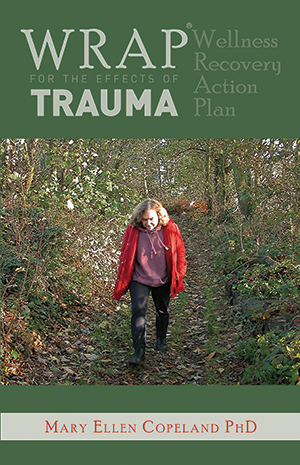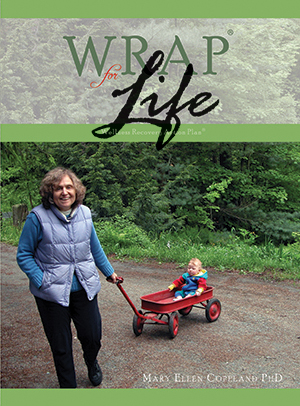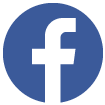 By Dr. William Copeland, Clinical Psychologist and Epidemiologist.
By Dr. William Copeland, Clinical Psychologist and Epidemiologist.
Dr. William Copeland is currently an Assistant Professor at the Center for Developmental Epidemiology in the department of Psychiatry and Behavioral Sciences at Duke University Medical Center. He is Dr. Mary Ellen Copeland’s nephew.
Often we hear the term bullying and think of harmless childhood antics, however, bullying can occur at any age and the effects of which remain harmful long after the behavior has been endured.
It was not long ago that bullying was considered a harmless rite of passage or an inevitable part of growing up. For many victims of bullying, there are lasting effects that persist across their lifespan. A number of recent studies from around the world that have followed victims of childhood bullying into adulthood, paint a remarkably consistent picture of victims that continue to struggle with anxiety in social situations, low self-esteem, feelings of hopelessness and even thoughts about hurting themselves. Being bullied in childhood can even affect risk for health problems in adulthood. This pattern of consequences is almost exactly what is observed with victims of other types of childhood mistreatment and abuse.
There are other misconceptions as well. Bullying is not limited to the schoolyard or in the hallways and it is not limited to children. Toxic interactions that once occurred face-to-face can now happen at any time of the day regardless of whether the victim is with the bully or not. So-called cyberbullying that occurs on social media often involves the same pattern of verbal abuse, humiliation and social exclusion as conventional bullying and it can have similar effects on the emotional lives of victims. Bullying is also not just a childhood experience: it can occur at any point in the lifespan and in any social setting. Up to 15%* of adults report being subjected to bullying in the workplace. The link between such workplace mistreatment and mental health problems is similar to what is seen with bullied children.
We, as a society, are just beginning to understand and come to terms with the havoc that bullying wreaks on the emotional lives of its victims. But we are doing better. Currently, 49 states in the US have anti-bullying laws in place and there is evidence that such efforts are effective: States with the clearest anti-bullying policies have up to 20%* lower rates of bullying – both in person and over social media. Despite these efforts, many new people are affected by bullying daily and millions continue to live with the aftermath of early experiences years and even decades after they occurred.
Looking to Learn About Maintaining Wellness During Difficult Times?
Explore these Great WRAP Resources:



* Based on the US Department of Education

Mary Ellen Copeland, PhD, developed Wellness Recovery Action Plan (WRAP) with a group of people with lived experience who were attending a mental health recovery workshop in 1997. She is the original author of the WRAP Red Book, as well as dozens of other WRAP books and materials. She has dedicated the last 30 years of her life to learning from people who have mental health issues; discovering the simple, safe, non-invasive ways they get well, stay well, and move forward in their lives; and then sharing what she has learned with others through keynote addresses, trainings, and the development of books, curriculums, and other resources. Now that she is retired, and that, as she intended, others are continuing to share what she has learned, she continues to learn from those who have mental health issues and those who support them. She is a frequent contributor to this site.





